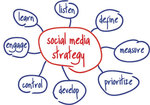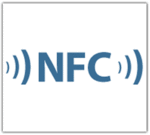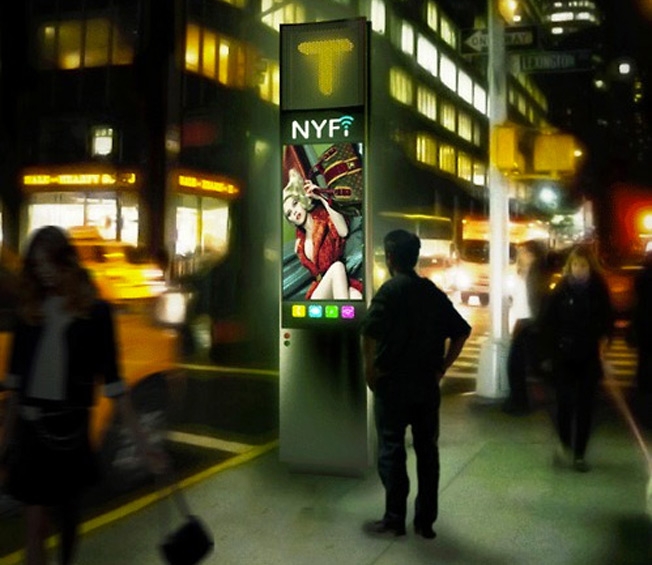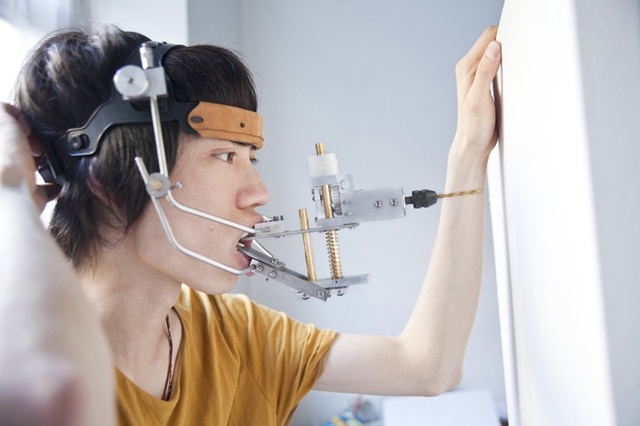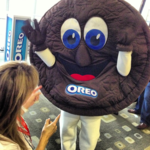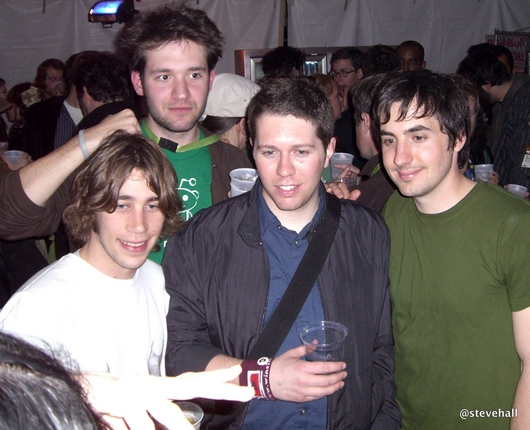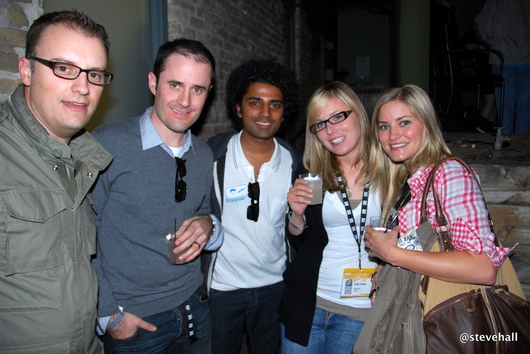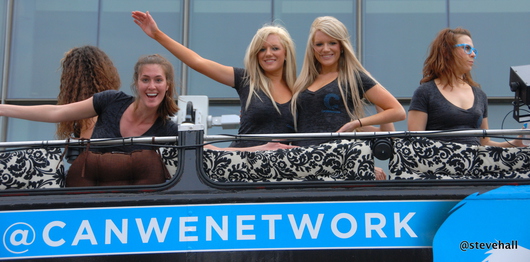Despite the fact that most Americans have embraced social media, recent studies show that as many as 72% of businesses that have a social media presence do not have a clearly defined social strategy in place. Without a clear social strategy, building a successful social presence that inspires customer loyalty and engagement is nearly impossible.
Is your business one of the 72%? The good news is you are not alone. If you’re just starting to develop your social media strategy, or taking a second look at a strategy that just isn’t paying off, here are some best practices to make the most of your company’s social presence.
1) Pick One Social Channel And Do It Well
If you don’t already have a social strategy in place, it can be daunting to figure out where to start. Facebook, Twitter, Linkedin, YouTube, Google+, Pinterest, Blogging, Slideshare, Tumblr… there are hundreds of social media engagement platforms. First, determine one social media channel that will best suit your business goals, and the level of engagement you are looking to achieve. Choose the channel most popular with your customer demographics. You can always grow your presence further in additional channels, but picking one, and investing the time and resources to get it right, is a great way to get started without being overwhelmed.
2) Being Social = Engagement
Companies that have a beautiful brand presence on a social channel, but do little to interact and engage with social fans and followers are not doing themselves any favors in the long run. If potential customers are coming to your brand’s social pages with questions, comments or stories and are not receiving any response from the company, they will not remain loyal customers for very long. Someone from your company needs to be manning the virtual service counter and actually providing the same level, or better, of service customers would expect to find in stores. Simply stated: when people ask questions on your social page(s), it’s rude to ignore them. If you don’t have the resources to engage in social conversations with the fans you’re cultivating online, you’re not ready to put a social strategy in place.
3) Are You Listening?
We take social listening seriously at LivePerson and we think you should too. There are a number of social monitoring tools available with varying degrees of cost and sophistication. Deploying a comprehensive social monitoring tool is critical for a social strategy. A good tool should be able to track mentions across a variety of digital channels including online articles, blogs, press releases, forums and public social channels. Look for a tool that also tells you who your key audience members/influencers are, provides sentiment analysis and audience demographic details as well. What should you be listening to?
The first monitor to set up should be for keywords associated to your brand name(s). You will find tremendous value if you extend your listening further by monitoring keywords common in your industry, competitor names, product keywords and other relative terms. Knowing what conversations are taking place online can help you understand your customers and their needs better, which means you can sell to them more effectively.
4) Establish an Internal Policy
Whether or not your industry or organization requires you to have an internal policy governing employee participation in social channels, it is important to have one in place. I have seen social media policies that range from a few paragraphs to many pages– different businesses will have different requirements. Independent of any regulations your business may be required to adhere to, it’s a good idea to spell out not just what employees should refrain from talking about on social channels, but, more importantly, spell out how employees are encouraged to participate.
Some of the best social advocates for your business are your employees and they should feel empowered to participate in the social conversation, with a clear understanding of the acceptable boundaries. The business will benefit from employees helping spread corporate messaging across their own networks since this creates increased social reach and engagement opportunities.
5) Eliminate the Noise
As we’ve already seen, many companies rush to the social conversation without a plan, which can frequently lead to accounts that are created then quickly abandoned after priorities fluctuate or internal ownership for social accounts changes hands. If your brand has dormant social accounts, take whatever steps necessary to remove them from social sites. An excess of inactive accounts can create confusion to customers who may be trying to find your real brand presence.
Similarly, it’s important to carefully consider how many corporate accounts your company needs to be effective within the each social channel. For example, some companies have multiple branded twitter accounts to address specific audience needs. Perhaps one for marketing messaging, and another for support messaging, and yet more to target various international audiences.
In most cases, multiple accounts are simply not necessary and should be avoided unless you have specific business goals that warrant multiple communications channels. Streamline your social presence into as few accounts as absolutely necessary to keep communication lines consistent and easy for your audience to find.
6) Be Human
Customers love brands, but they want to communicate and connect with people. Even when posting social messaging in the voice of the brand, it’s good to let your social audience know who is behind the logo. For example, some companies have tweets signed off with a name or set of initials, especially if a number of representatives manage the company’s social stream.
This helps customers feel like they are truly connecting with an actual human being and gives them a better sense of connection with the company’s representatives. It also helps the customer know they have some consistency in their communications, and that they are being taken care of by the same individual over multiple communications. If you are using social for customer service inquiries, adding an element of human touch is particularly useful.
7) Don’t Ignore Social in a Crisis
Things happen. None of us like it, and we all do our best to avoid it, but sometimes things go wrong outside of our control. If you have active social channels, it’s important to have a plan in place as to how social communications will be managed in a crisis situation– before the crisis actually happens. You can’t leave it to chance, as it may only make a bad situation a lot worse. A recent example of success can be found in Con Edison’s Manager of Public Affairs, Kate Frasca’s handling of ConEd’s twitter account during Hurricane Sandy. Their crisis plan won them a lot of points with their social audience, which grew from 800 to 22,300 twitter followers in the span of a week. Again, having a social media monitoring tool in play (tip #3) is essential to managing a crisis successfully.
8) Protect The Brand : Be Careful Who Has The Keys
It is all too easy to accidently tweet something from the corporate account thinking that it’s your personal account, which can lead to disastrous consequences for the brand. It seems like every week the media is highlighting some dire social media blunder. Check out The 20 Biggest Brand Disasters to see how things can really go wrong. Some companies are savvy enough to turn these kinds mistakes into PR wins– check out this Red Cross blunder— but those cases are rare so its best to avoid at all costs. Hire seasoned social media professionals to handle your communications. For more junior staff, put tools in place that require tweets and other posts to be approved before being published to add an extra layer of protection.
9) The Mobile-Social Revolution is Upon Us
If you don’t have a mobile-optimized website or app, having a strong presence on social channels is even more important for your business. According to Nielsen’s State of the Media: Social Media Report 2012, time spent on mobile social apps is up 76% in 2012 from 2011, and 30% of the total time spent on a mobile device is consumed by surfing social networks.
As a result, make sure your social presence addresses the needs of mobile customers. Include maps, directions, phone numbers and other geo-location services on your social sites. Also, since 73% of consumers say they have used their mobile phone in a store for things like product information and assistance with buying decisions, you should offer content through your social sites that cater to in-store consumers.
10) Stay Current
One thing that’s guaranteed about social media is that change is always on the horizon. Sites gain and lose popularity very quickly, new features are popping up all the time, which is both exciting but also a little unnerving. Take a look at Pinterest. A year ago very few of us had heard of it, and now it’s the fastest growing social media site in history, and enjoying as much as a 400% month-over-month growth. Before setting up a branded page on any social site, first try it out as a regular user to get the hang of it.
Then take time to identify business reasons for setting up a branded page and ensure you have the resources to maintain the new account once you get it started. Also, existing social channels are constantly evolving and adding new features for brands– if social channels don’t evolve they will be left stagnating in the dust in a matter of a year or two. Check often to see what new features or plugins might be available to you on channels you’re already using. For example, consider how Citi has brought chat to Twitter to outstanding results. Take a stroll around other brand pages every once in a while to get inspired by the possibilities. It’s fun to learn from others to see how cool features are being implemented.
Social media is undoubtedly still in it’s early stages and continues to rapidly evolve. What the social landscape will look like in one year, 5 years and 10 years from now will be very different than what we see today. Will Facebook and Twitter still be the reigning social king and queen? Understanding this means that all social media professionals have to keep one eye on the present and one eye on the horizon and have a commitment to always be learning.
This guest article was written byTerra Mrkulic, social media manager at LivePerson




